The main job of the small intestine is to absorb essential nutrients into the bloodstream. Some vitamins such as K and B12 are made by microbes that live in the large intestine.
Digestion And Absorption
Real Villi In

Why Does Absorption Of Digested Food Occur Mainly In The Small Intestine Youtube
If you drink water on an empty stomach it can pass through the stomach into the small intestine and enter your bloodstream within 5 minutes faster if the water is colder compared to warm.
Why does small intestine absorb nutrients. Digestive System vocabulary game to match the names with the picture. To absorb nutrients and the complete breakdown of food. Also called the small bowel they absorb nutrients and fluid that you eat or drink.
Learn about the structure of the small. Eating a little fat with our food makes it possible to absorb these vitamins. Ongoing damage can cause malabsorption or.
Following on from the ileum is the large intestine. Contents of the small intestine start out semi-solid and end in a liquid form after passing through the organ. It is located in the anterior portion of the abdominal cavity in most vertebrates.
Stomach saclike expansion of the digestive system between the esophagus and the small intestine. The small intestine is the portion of the digestive tract that connects the stomach and the large intestine. Instead it combines the chyme with digestive juices and pushes food particles against the mucosa to be absorbed.
The small intestine small bowel is about 20 feet long and about an inch in diameter. The small intestine absorbs nutrients and water from digested food. The duodenum is where the most rapid segmentation occurs at a rate of about 12 times per minute.
Water bile enzymes and mucus contribute to the change in consistency. Large surface area provides more surface area for exchange to take place. Then the majority of water is absorbed in the small intestine after being let out of the stomach.
The stomach slowly empties its contents called chyme into your small intestine. The primary function of the small intestine is to break down and absorb ingested nutrients while mixing and moving the intestinal contentsconsisting of gastric juices and partly digested foodalong the digestive tract into the colon. The duodenum jejunum and ileum.
The small intestine contains small finger-like projections of tissue called villi which increase the surface area of the intestine and contain specialized cells that transport substances into the. They travel through the cells that line the large intestine and out to the rest of the body. Digestion and absorption happen in a very orderly way within the small intestine and involves the help of many enzymes or proteins that the cells use to speed the reactions.
Factors of its structure that help it function include. Problems with function can put your health at risk. This organ is the last part of the digestive system and stretches from the ileocecal valve to the anus.
The most common site of small intestinal inflammation is the terminal ileum while the proximal small intestine is affected in only 5 of CrD patients. In the duodenum bile from the gallbladder and pancreatic secretions are added to the chyme. Foods such as meat eggs and beans consist of large molecules of protein that the body digests into smaller molecules called amino acids.
Zinc absorption happens in the small intestine as described by a guide published in the March 2020 issue of the journal Nutrients. Most of the important nutrients needed by the body are absorbed at different points of the small intestine. The most important nutrients that bodies require to function are carbohydrates fats and proteins.
Since nucleic acids make up just a small proportion of the nutrients in our food. The stomach serves as a temporary receptacle for the storage and mechanical distribution of food. Once the nutrients have been absorbed and the leftover-food residue liquid has passed through the small intestine it then moves on to the large intestine or.
In celiac disease the immune system overreacts to the presence of gluten and attacks the lining of the small intestine. The intestines absorb nutrients and vitamins and are part of the gastrointestinal GI tract. But here is where the aforementioned conditions are in play.
Segmentation in the small intestine does not force chyme through the tract. Its job is to absorb most of the nutrients from what we eat and drink. They also deliver waste products to the large intestine.
The inside of the large intestine is wider than the small intestine. Together the small and large intestines run from the end of the stomach to the anus. In fact 90 percent of food absorption happens in the small intestine.
The body absorbs amino acids through the small intestine into the blood which then carries them throughout the body. Velvety tissue lines the small. The organ takes approximately 16 hours to complete the digestion of food.
Nutrients are important elements that allow bodies to perform daily activities. The small intestine is part of the digestive system and is mainly responsible for the absorption of nutrients. Fat molecules are a rich source of energy for the body and help the body absorb.
Villi in the small intestine absorbs nutrients and completes the breakdown of food. The small intestine is made up of three parts. The small intestine is aided in its work by the liver gallbladder and pancreas.
You absorb the rest of your nutrients through the large intestine Your blood then carries nutrients such as calcium or protein to your bones muscles and organs. Whats left over from this process is then passed into. It does not contain villi and mainly absorbs water.
The main function of the large intestine is to absorb water and remove solid waste from the body. The muscles of the small intestine mix food with digestive juices from the pancreas liver and intestine and push the mixture forward for further digestion. The walls of the small intestine absorb water and the digested nutrients into your.
Therefore taking your zinc supplement with a. Digestion of carbohydrates fats and proteins primarily takes place in the small intestine and their products go into the bloodstream or lymphatic system. The small intestine consists of three different parts.
Such cases can present with malabsorption most often affecting micronutrients iron calcium vitamin D3 vitamin B12 calcium copper zinc and selenium.
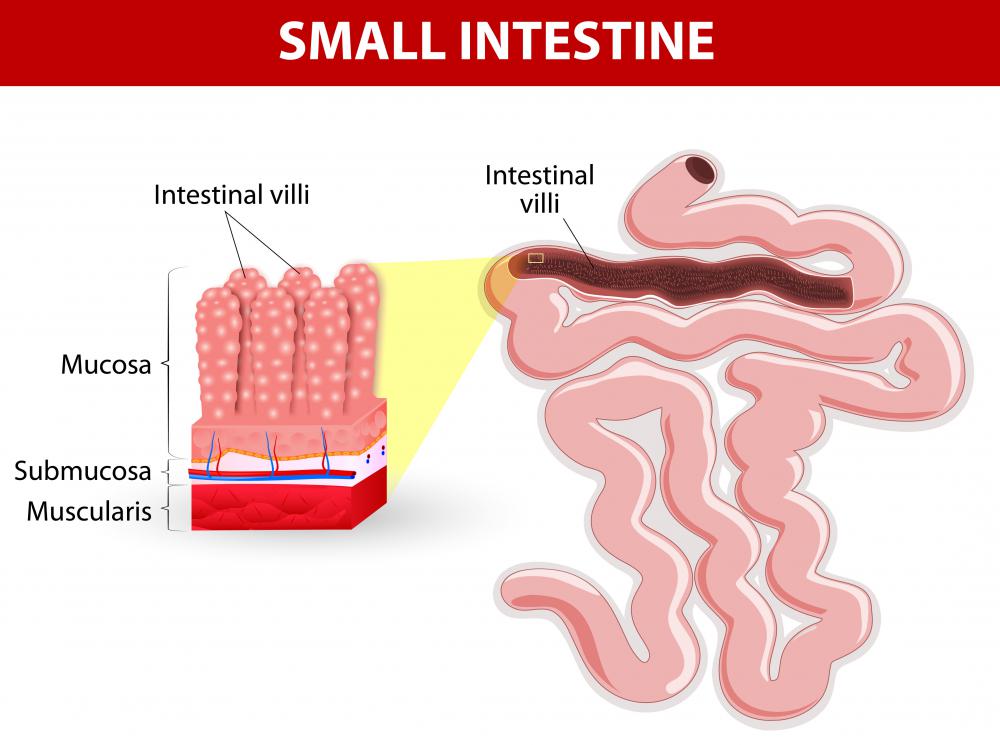
What Is The Connection Between The Jejunum And Ileum
How Does Absorption Take Place In The Intestine Quora

How Does The Structure Of The Small Intestine Help The Small Intestine To Absorb Nutrients Socratic
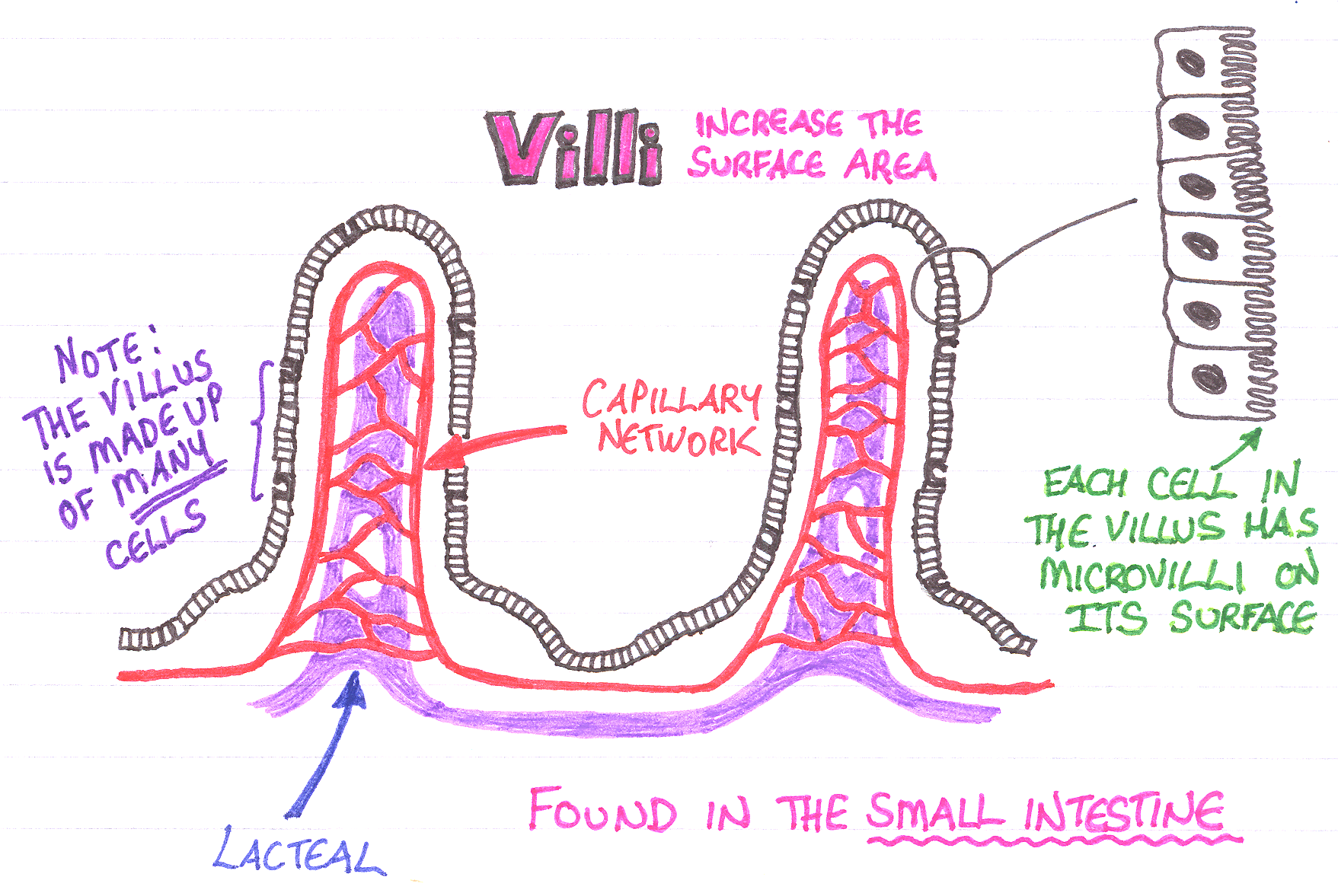
Why Do We Have Villi In The Small Intestine Socratic
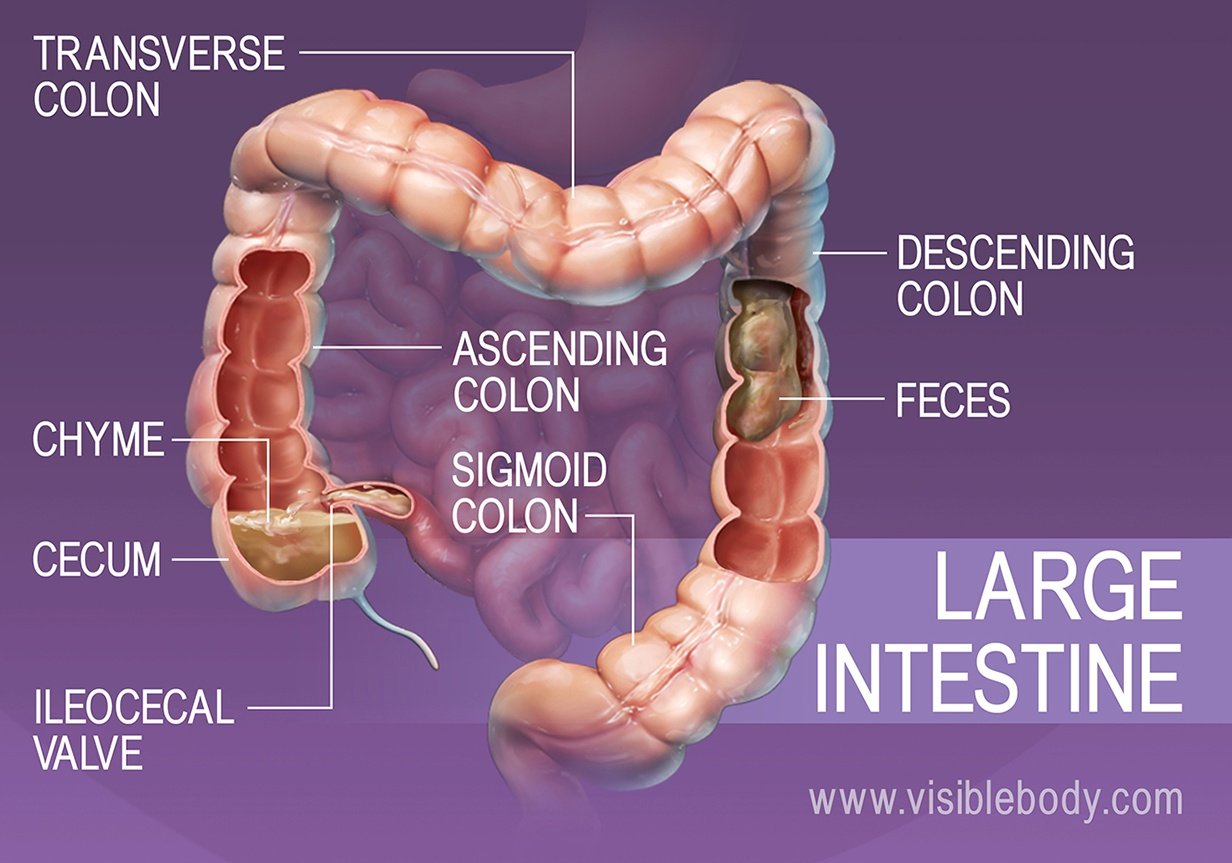
Absorption And Elimination Digestive Anatomy
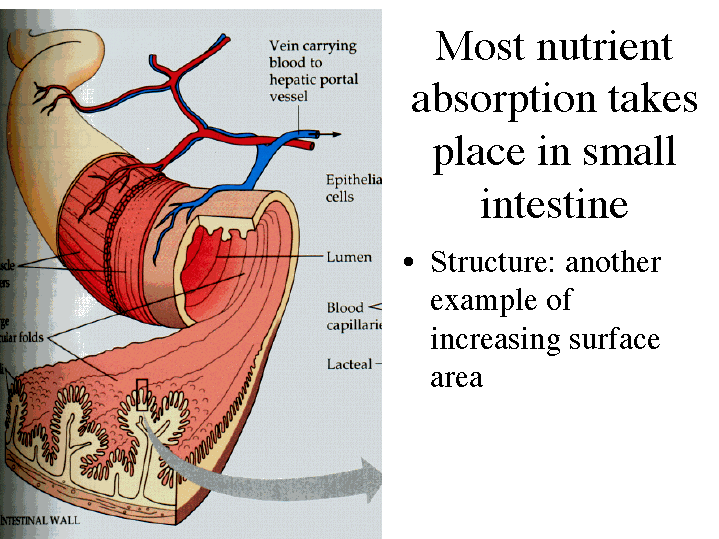
Most Nutrient Absorption Takes Place In Small Intestine
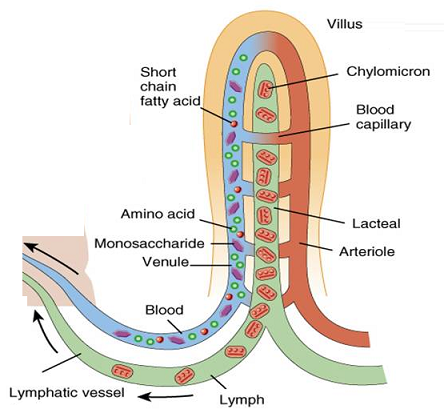
Absorption Function Of The Small Intestine And Significance Of Villi Biology Notes For Igcse 2014

Absorption Small Intestine Youtube
